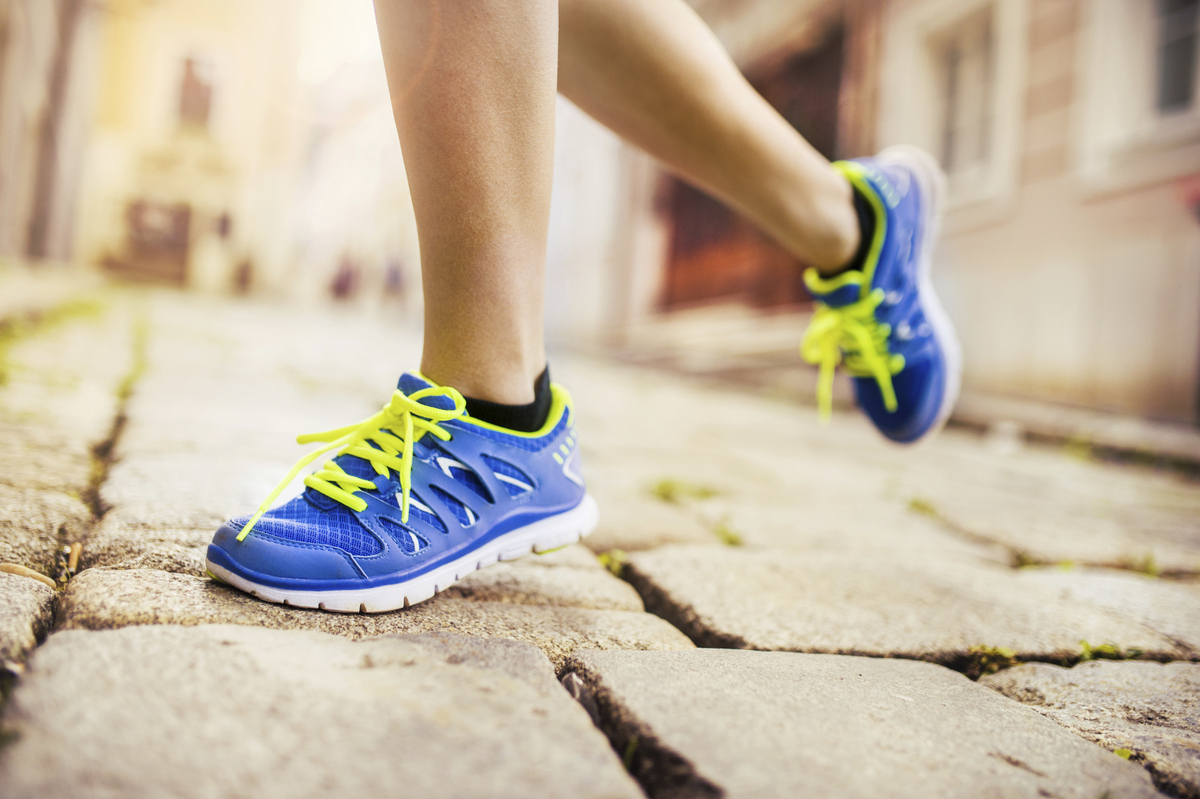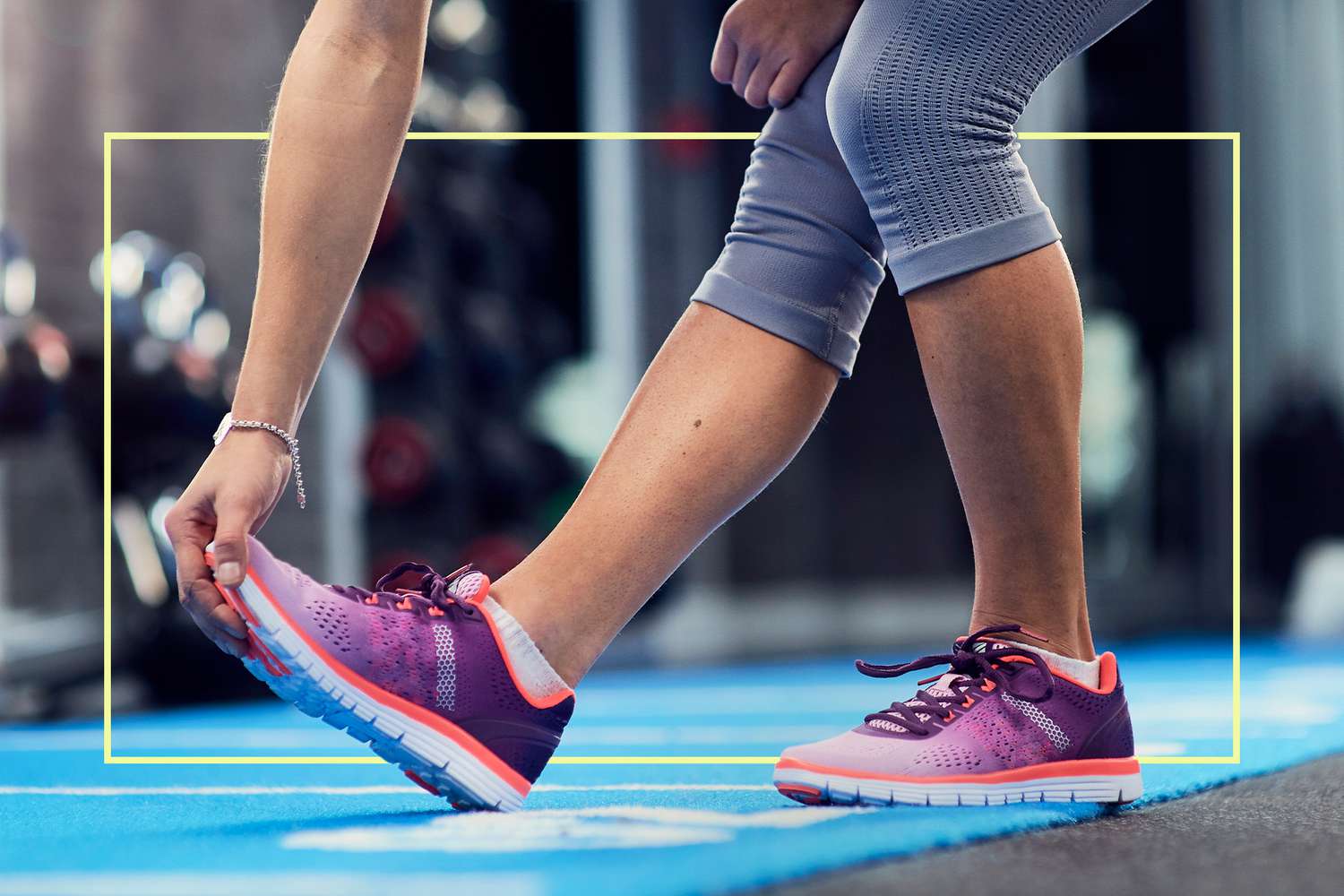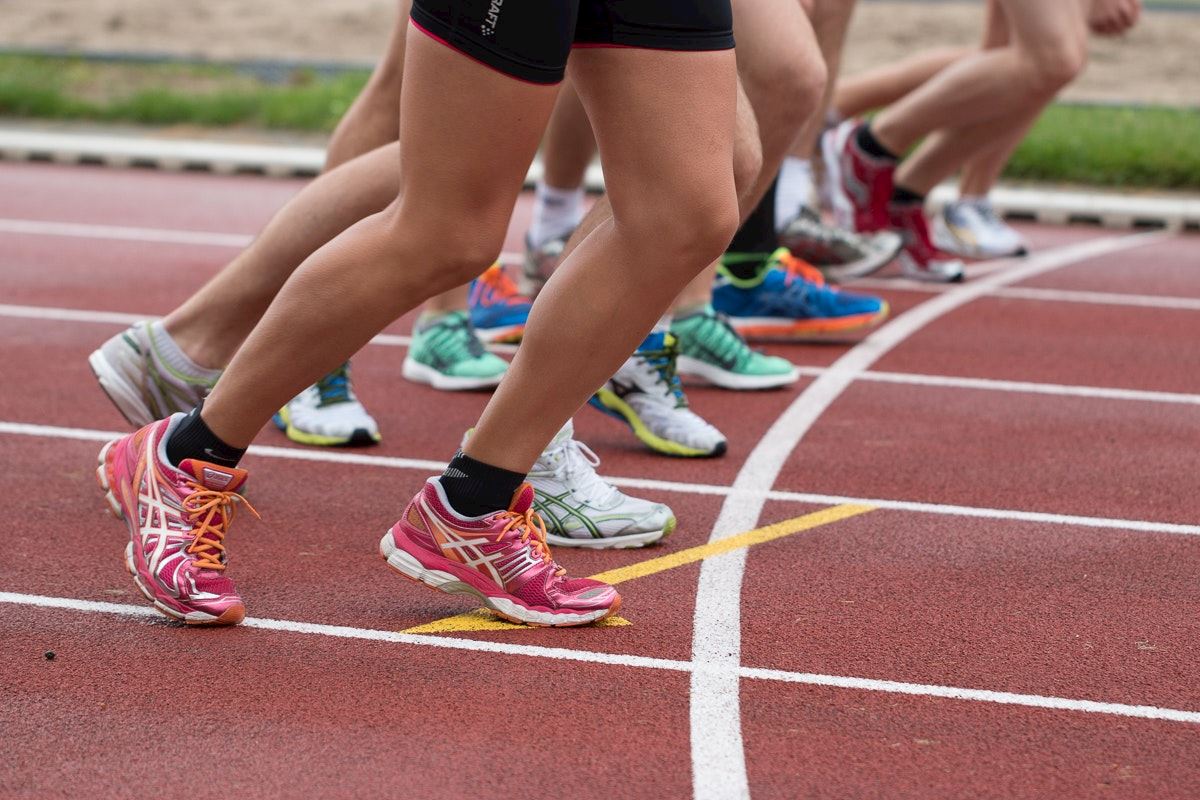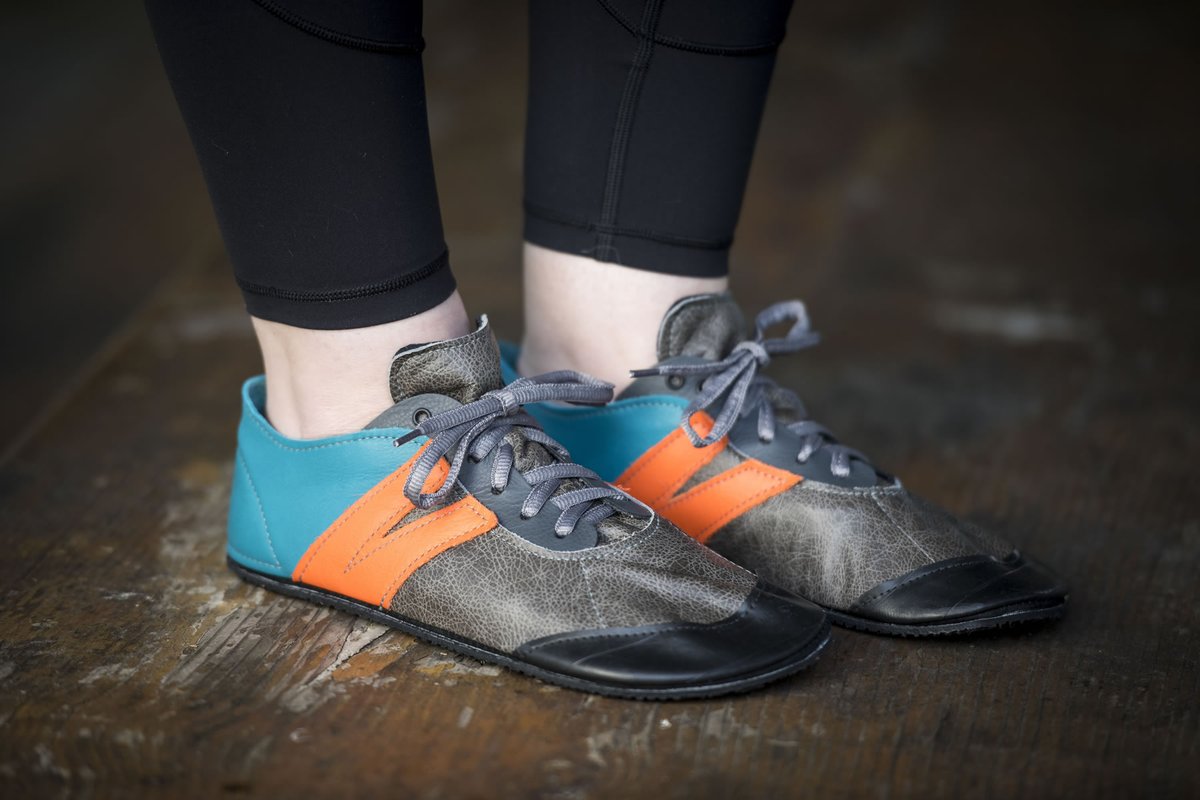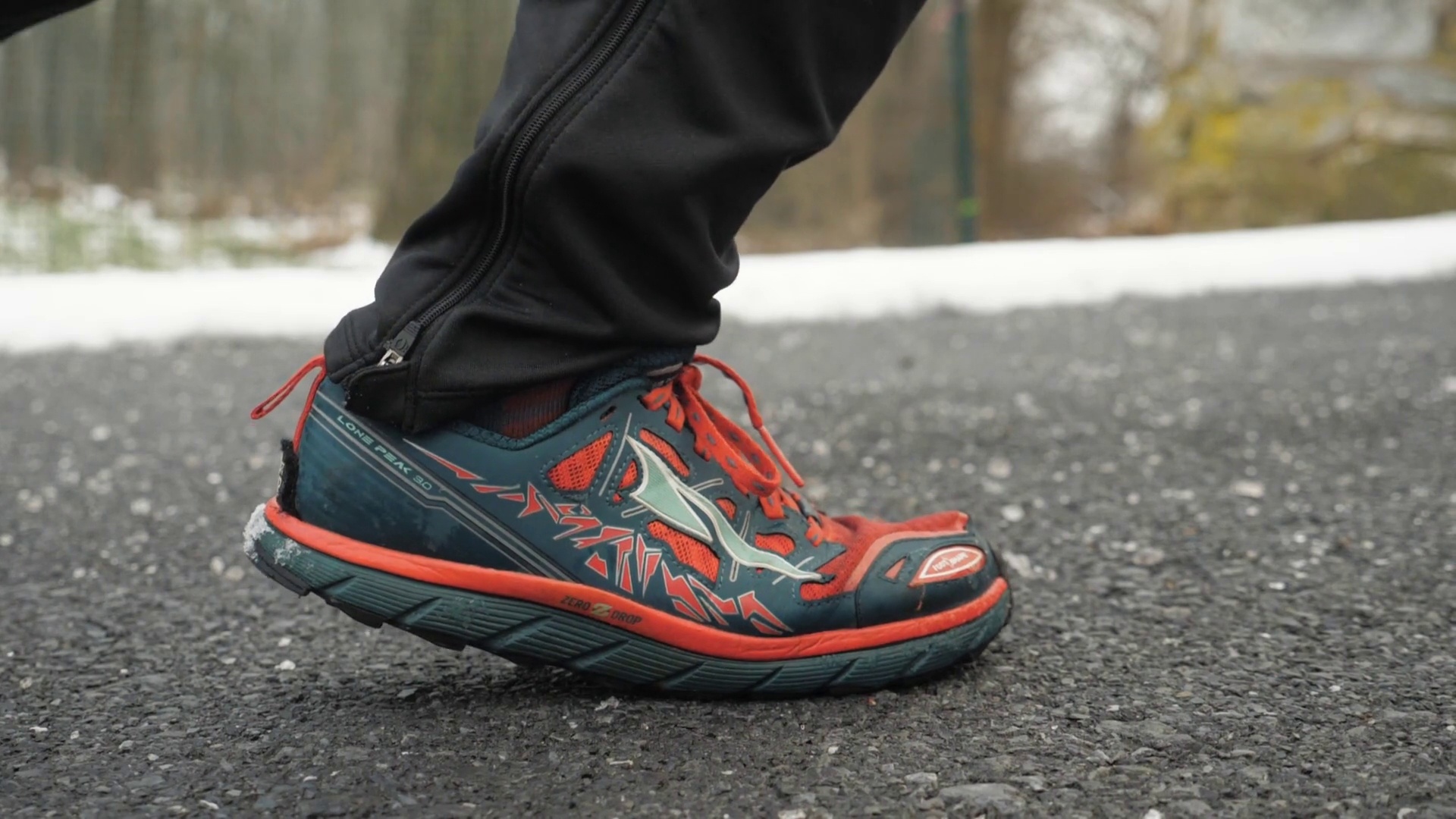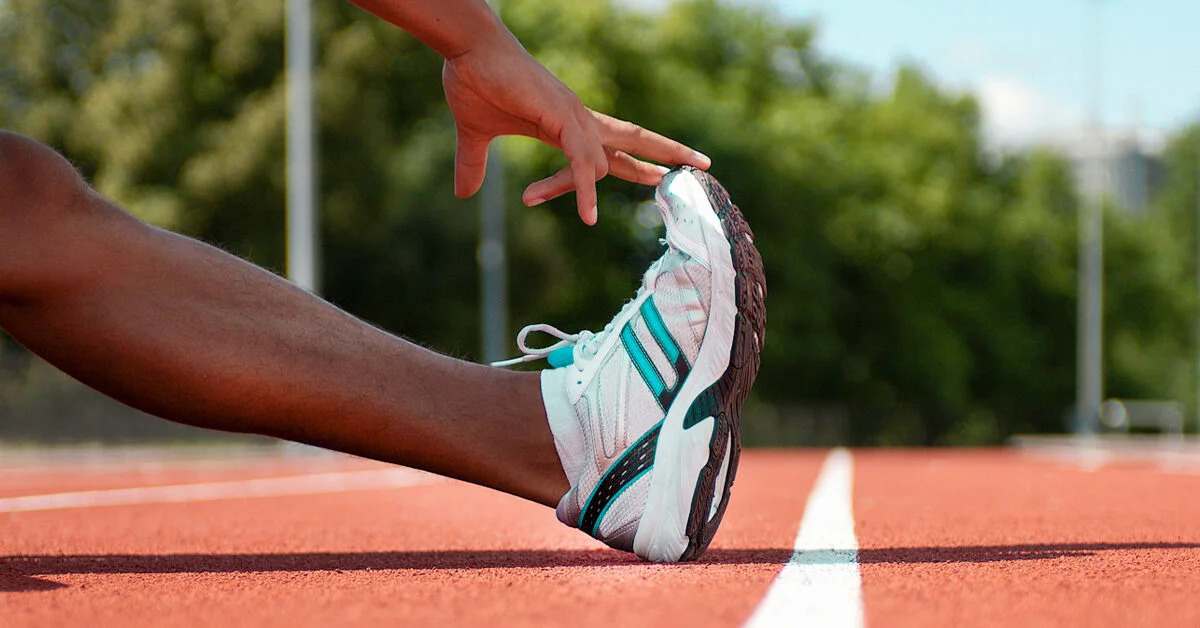

Featured
How To Recolor Running Shoes
Published: August 12, 2023
Discover the ultimate guide on how to recolor running shoes with our featured step-by-step tutorial. Transform your worn-out sneakers and give them a fresh new look!
Introduction
Running shoes often become faded and worn over time, losing their vibrant color and appeal. Fortunately, there is a simple solution to revive your tired-looking shoes – recoloring! Whether you want to transform an old pair of sneakers or add a pop of color to a new pair, recoloring can give your running shoes a fresh and stylish look.
Recoloring your running shoes not only allows you to personalize them to your own style and preferences, but it is also a cost-effective way to extend the lifespan of your favorite kicks. Instead of purchasing a new pair every time your shoes start to look dull, recoloring offers a budget-friendly alternative to give them a new lease on life.
Before you dive into the recoloring process, it is essential to gather all the necessary materials and ensure a clean surface to work on. Cleaning the shoes thoroughly will remove any dirt, grime, or oils that could hinder the adhesion of the new color. Additionally, preparing the shoes before recoloring, such as taping off any areas you do not want to color or roughing up the surface for better paint adhesion, will ensure better results.
In this step-by-step guide, we will walk you through the process of recoloring your running shoes. From gathering materials to applying the new color and sealing the recoloring, we will provide you with the knowledge and techniques necessary to turn your tired sneakers into vibrant, eye-catching footwear.
So, grab your supplies, put on your DIY hat, and let’s bring those running shoes back to life!
Step 1: Gather Materials
Before you start recoloring your running shoes, it’s important to gather all the necessary materials. Having everything ready beforehand will ensure a smooth and efficient process. Here are the essential items you’ll need:
- Running Shoes: Choose the pair you want to recolor. Make sure they are clean and free from any excess dirt or debris.
- Paint: Select a paint specifically designed for use on shoes, such as acrylic paint or leather paint. Choose a color that matches your desired outcome, or get creative and go for a bold and unique look.
- Paintbrushes: Have a range of paintbrushes available, including small detail brushes and larger brushes for broader strokes. This will allow you to achieve different textures and apply the paint evenly.
- Masking Tape: Use masking tape to cover any areas of the shoes that you do not wish to recolor, such as the soles or logos. This will create clean, crisp lines.
- Water and Soap: Use water and mild soap to clean the shoes thoroughly before recoloring. This will remove any dirt, oils, or residue that may affect the adhesion of the paint.
- Sandpaper or Emery Board: If you are recoloring leather or synthetic leather shoes, lightly sand the surface using sandpaper or an emery board. This will help the paint adhere better to the material.
- Sealant: Consider using a sealant to protect the recolored surface and enhance longevity. Some options include acrylic finisher or waterproofing spray.
- Newspaper or Dropcloth: Lay down newspaper or a dropcloth to protect your work surface from any accidental paint spills or drips.
Make sure to have these materials on hand and easily accessible before you move on to the next step. This way, you can work efficiently and focus on the recoloring process without any interruptions.
Now that you have gathered all your materials, it’s time to move on to the next step: cleaning the shoes.
Step 2: Clean the Shoes
Before you start the recoloring process, it’s crucial to clean your running shoes thoroughly. This step ensures that the paint adheres properly and provides a smooth surface for the recoloring. Follow these steps to clean your shoes:
- Remove the Laces: Take out the laces and set them aside for cleaning or replacement.
- Brush Off Loose Dirt: Use a soft brush or cloth to remove any loose dirt, dust, or debris from the surface of the shoes. Pay attention to the crevices and hard-to-reach areas.
- Prepare a Cleaning Solution: Fill a bowl or basin with warm water and add a small amount of mild soap or dish detergent. Mix well to create a soapy solution.
- Clean the Shoes: Dip a clean cloth or sponge into the soapy solution and gently scrub the shoe’s surface. Pay extra attention to any stained or dirty areas. For more stubborn stains, you can use a soft brush or an old toothbrush. Avoid saturating the shoes with excessive water.
- Rinse Off the Soap: Once you’re satisfied with the cleanliness of the shoes, rinse them thoroughly with clean water to remove any soap residue.
- Dry the Shoes: Pat the shoes dry with a clean towel or let them air dry naturally. Avoid using direct heat sources, as this can damage the shoes.
In addition to cleaning the exterior of the shoes, it’s also important to address any odor issues. If your running shoes have a lingering odor, sprinkle some baking soda inside them and let it sit overnight to absorb the unpleasant smells. Shake out the baking soda the next day, and your shoes will be fresher.
Now that your running shoes are clean and prepped, you’re ready to move on to the next step: preparing the shoes for recoloring.
Step 3: Prepare the Shoes for Recoloring
Before you begin the recoloring process, it’s crucial to properly prepare your running shoes. This step ensures that the paint adheres well and provides long-lasting results. Follow the steps below to prepare your shoes for recoloring:
- Tape Off Any Non-Colorable Areas: Use masking tape to cover any parts of the shoes that you do not want to recolor, such as the soles, logos, or any fabric or mesh sections. This will create clean and precise lines.
- Roughen up Smooth Surfaces: If your shoes have smooth surfaces like leather or synthetic leather, use fine-grit sandpaper or an emery board to lightly roughen up the surface. This helps the paint adhere better and ensures longevity.
- Clean the Surface: Use a clean cloth or sponge to wipe down the shoes again to remove any dust or debris that may have accumulated during the taping or sanding process. This step ensures a smooth and clean surface for the paint application.
Preparing the shoes before recoloring is necessary to achieve the best results. By taping off areas and roughening up the surface, you create a suitable canvas for the new color to adhere to. Additionally, cleaning the shoes ensures that there are no leftover contaminants that may affect the paint’s adhesion.
With your running shoes properly prepared, you’re now ready to move on to the exciting part – choosing the recoloring method that best suits your preferences and needs.
Step 4: Choose the Recoloring Method
Now that your shoes are clean and prepared, it’s time to choose the recoloring method that will give you the desired outcome. There are several options available, each with its own advantages and considerations. Here are a few popular recoloring methods:
- Painting: This method involves using paint to completely change the color of your shoes. It offers the most flexibility in terms of color choices and allows for creative designs and patterns. Acrylic paint or leather paint are commonly used for this method, as they adhere well to various shoe materials.
- Dyeing: Dyeing is another popular method that works well for fabrics and certain types of leather. It involves immersing your shoes in a dye solution to achieve a new color. Fabric dye or specific leather dye products are suitable for this method.
- Spray Painting: Spray painting provides a quick and even application of color. It is ideal for shoes with intricate designs or when you want to achieve a smooth and consistent finish. Make sure to use spray paint that is compatible with your shoe material.
- Airbrushing: Airbrushing allows for detailed and precise color application. It is commonly used for custom designs or intricate patterns. This method requires an airbrushing kit and can be more time-consuming and complex than other methods.
When choosing a recoloring method, consider factors such as the material of your shoes, the desired color result, and the level of detail you want to achieve. Some methods may require more skill and specialized tools, so assess your own comfort level and expertise before making a decision.
Additionally, it’s important to read and follow the manufacturer’s instructions for the chosen recoloring method carefully. Different products may have specific application techniques and drying times, so be sure to adhere to their guidelines for optimal results.
Once you have selected the recoloring method that best suits your needs, it’s time to move on to the next step – applying the new color to your running shoes.
Step 5: Apply the New Color
With your chosen recoloring method in hand, it’s time to apply the new color to your running shoes. Follow the steps below for a successful application:
- Prepare your workspace: Lay down a newspaper or a dropcloth to protect your work surface from any accidental paint spills or drips.
- Start with a base coat: If your recoloring method requires multiple layers, start by applying a base coat. This helps create a solid foundation for the subsequent layers of color. Use a brush or the appropriate tool for your chosen method to evenly apply the base coat. Allow it to dry according to the manufacturer’s instructions.
- Apply subsequent layers: If your chosen method requires multiple layers of color, repeat the application process after the base coat has dried. Apply each layer evenly, allowing proper drying time in between. This ensures an even and vibrant color result.
- Pay attention to details: Use smaller brushes or tools for intricate areas or details on your shoes. Take your time and work carefully to achieve the desired outcome.
- Allow for proper drying time: Once you have applied the desired number of color layers, allow your shoes to dry completely. Follow the manufacturer’s instructions for drying time, as it may vary depending on the recoloring method and the specific products used.
During the application process, it’s important to maintain patience and attention to detail. Take your time to ensure even coverage and avoid any smudges or excess paint. If you make a mistake, you can try to correct it before it fully dries or consider using a paint remover specific to your shoe material to fix any errors.
Remember, the application process may differ slightly depending on the chosen recoloring method. Always follow the specific instructions provided with the products you are using to achieve the best results.
Now that you have successfully applied the new color to your running shoes, it’s time to proceed to the next step – allowing the shoes to dry.
Step 6: Allow the Shoes to Dry
After applying the new color to your running shoes, it’s crucial to allow them ample time to dry. Proper drying ensures that the paint sets and adheres to the shoe surface effectively. Follow these guidelines for optimal drying:
- Follow manufacturer’s instructions: Different recoloring methods may have varying drying times. Check the instructions provided by the manufacturer or product label for specific guidelines. These instructions may include temperature requirements or suggestions for optimal drying conditions.
- Avoid touching or using the shoes during drying: It’s important to let the shoes sit undisturbed during the drying process. Touching or using the shoes too soon may result in smudges or scratches in the paint. Keep them in a safe and dry location where they won’t be disturbed.
- Allow extra drying time if necessary: Depending on the thickness of the paint layers and the humidity level in your environment, it may take longer than expected for the shoes to dry completely. It’s better to err on the side of caution and allow extra drying time to ensure a fully set finish.
- Test the shoes for dryness: Before handling or wearing the shoes, perform a simple touch test to check if they are dry. Gently press your finger on a hidden area or a less conspicuous part of the shoe. If the paint feels tacky or transfers onto your finger, it needs more drying time. Once the paint feels dry to the touch, it’s safe to proceed to the next step.
It’s important to exercise patience during the drying process. Rushing this step may lead to unsatisfactory results, such as smudging or paint damage. Allowing ample drying time ensures that your running shoes will have a durable and long-lasting finish.
Once you are confident that your shoes are fully dry, it’s time to move on to the final step – sealing the recoloring.
Step 7: Seal the Recoloring
After recoloring your running shoes and allowing them to dry completely, it’s important to seal the new color. This step adds an extra layer of protection and helps to ensure the longevity of your recoloring efforts. Follow these steps to properly seal the recoloring:
- Choose a suitable sealant: Select a sealant that is appropriate for the material of your shoes. There are various options available, such as acrylic finisher, waterproofing spray, or a protective shoe wax. Choose the one that is recommended for the type of paint or dye you used.
- Read and follow the instructions: Before applying the sealant, carefully read the instructions provided by the manufacturer. Each sealant may have specific application techniques and drying times, so following the instructions will ensure the best results.
- Apply the sealant: Use a clean brush or applicator to apply an even layer of the sealant onto the entire surface of the recolored areas. Pay attention to any seams or crevices and make sure to cover them properly. Allow the sealant to dry according to the manufacturer’s instructions.
- Apply additional coats (optional): Depending on the specific sealant and your preference, you may choose to apply multiple layers of sealant for added protection. Allow each layer to dry before applying the next one.
Sealing the recoloring not only adds durability, but it also helps to prevent the color from fading or chipping easily. It creates a barrier that protects the newly applied color from external elements such as water, dirt, or sunlight.
Remember to let the sealant dry completely before handling or wearing the shoes. This ensures that the sealing process is fully set and provides the optimal level of protection.
Once the sealant is dry, your running shoes are now ready to be enjoyed! Whether you recolored them to restore their original vibrancy or tried something new for a unique look, you can confidently wear your refreshed shoes with pride.
With this final step completed, you have successfully recolored and sealed your running shoes. Now it’s time to lace them up, hit the road, and enjoy your renewed footwear!
Conclusion
Recoloring your running shoes is a fantastic way to breathe new life into your footwear and add a personal touch to your style. With the right materials and techniques, you can transform your tired-looking shoes into vibrant and eye-catching footwear that reflects your unique personality.
Throughout this step-by-step guide, we have discussed the importance of gathering the necessary materials and properly cleaning and preparing your shoes before recoloring. We also explored different recoloring methods such as painting, dyeing, spray painting, and airbrushing, each offering its own advantages and considerations.
We emphasized the significance of allowing your shoes to dry thoroughly between each step and the final sealing of the recoloring. Proper drying ensures the durability and longevity of the new color, preventing any smudging or damage.
By following these steps and exercising patience and attention to detail, you can achieve outstanding results and enjoy your revamped running shoes for an extended period. With the right care and maintenance, your recolored shoes can continue to be a source of confidence and inspiration on your running adventures.
So, why settle for dull and worn-out running shoes when you can unleash your creativity and give them a fresh, vibrant look? Take the leap, gather your materials, and embark on the journey of recoloring your running shoes. Let your imagination run wild, and enjoy the satisfaction of turning something old into something new!
